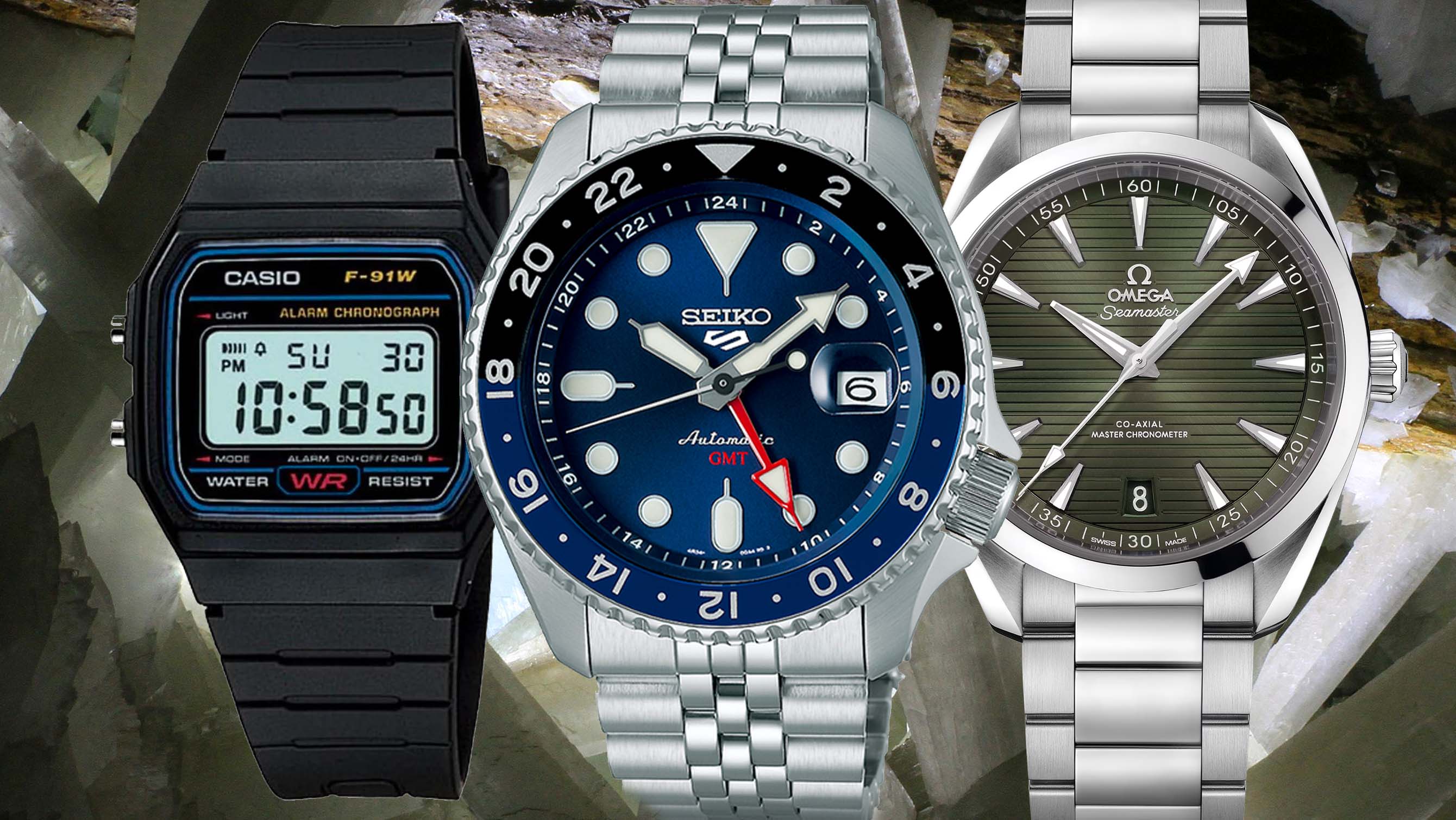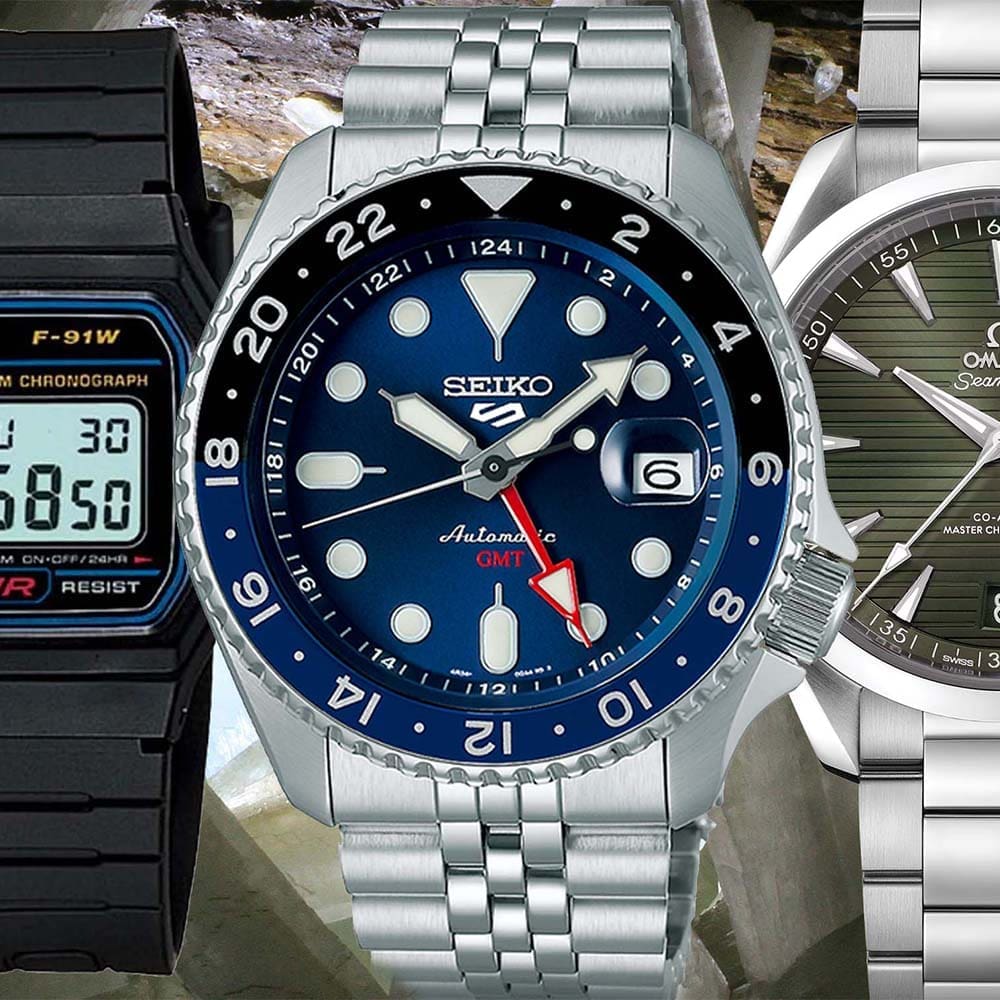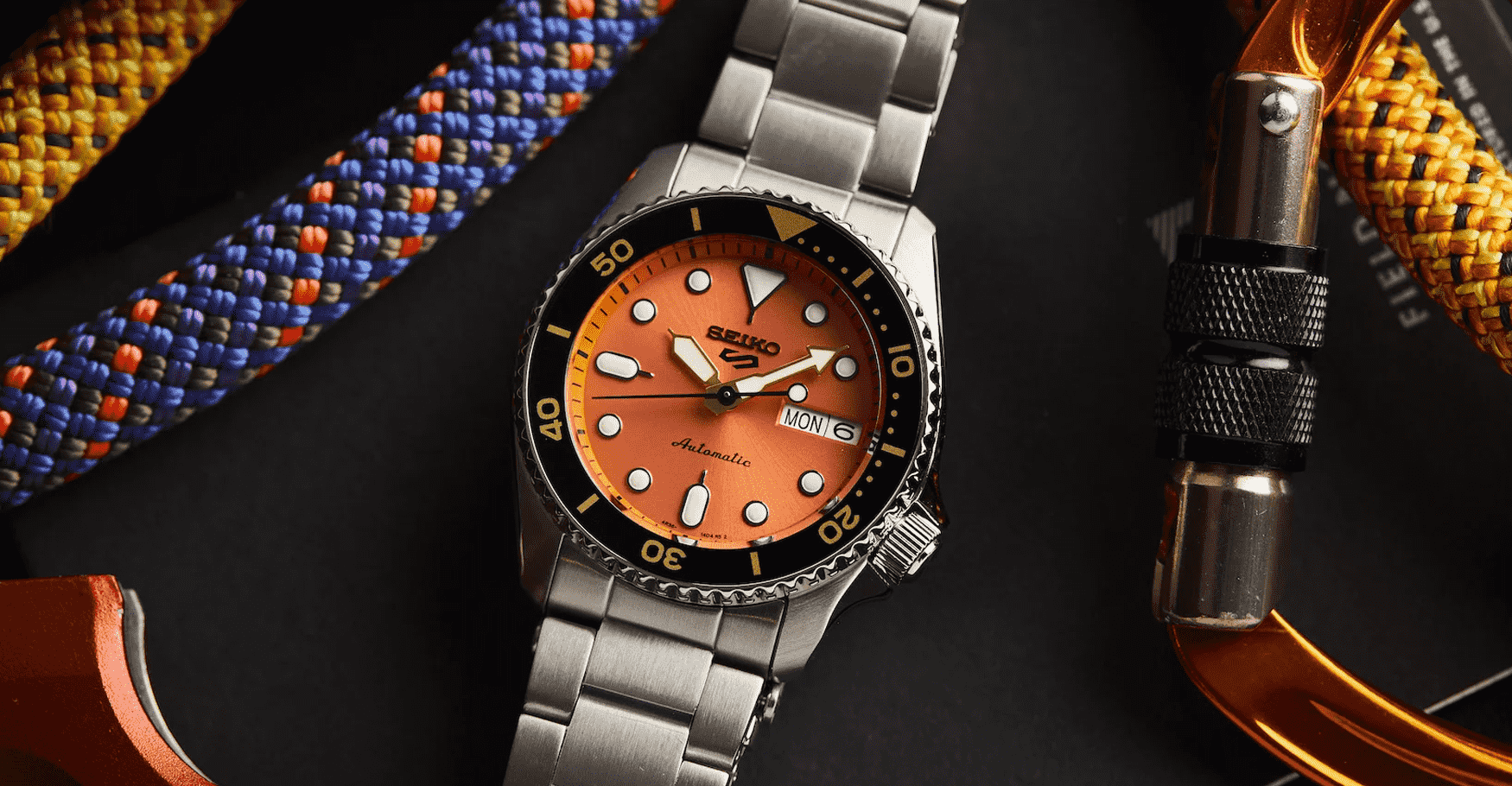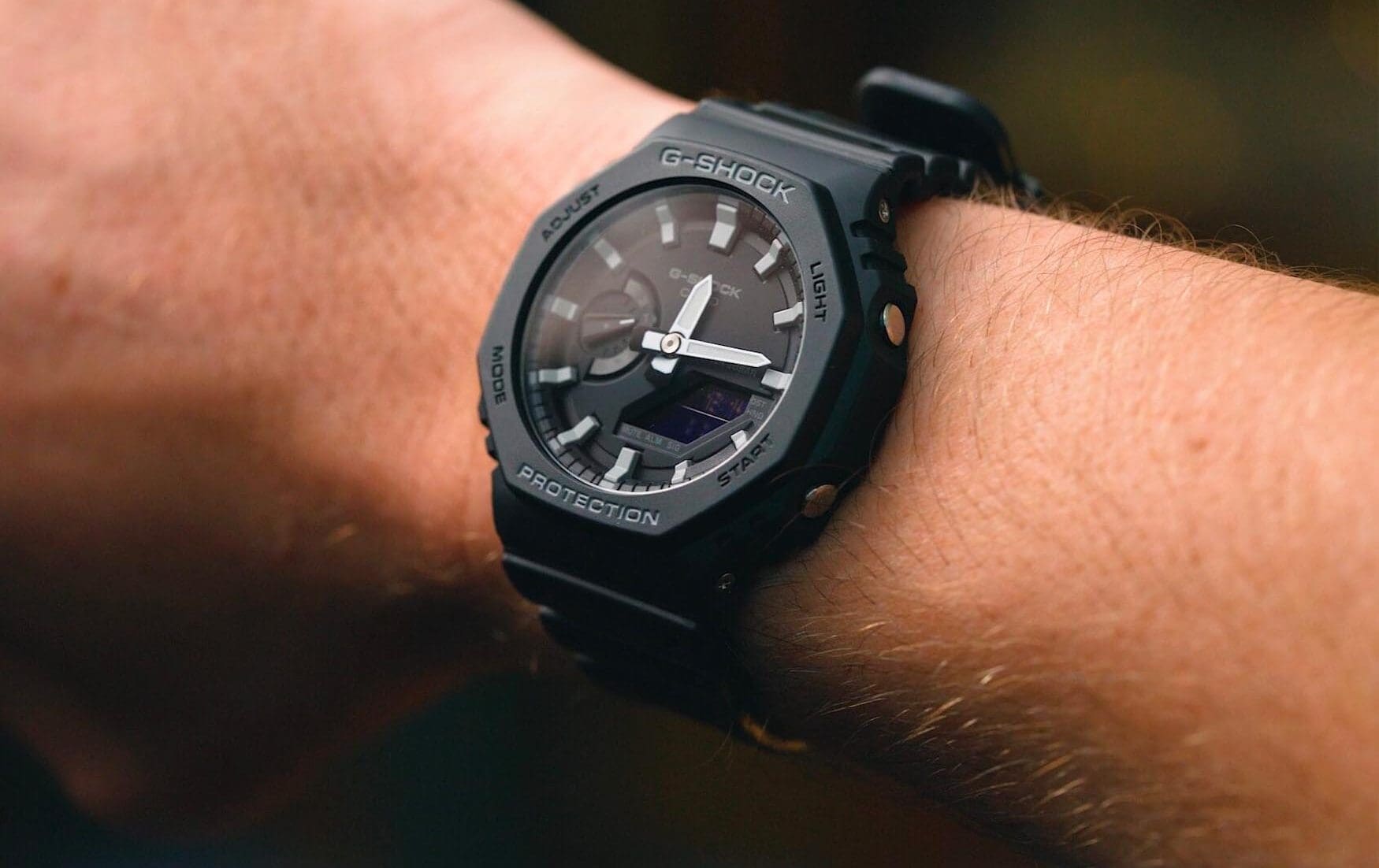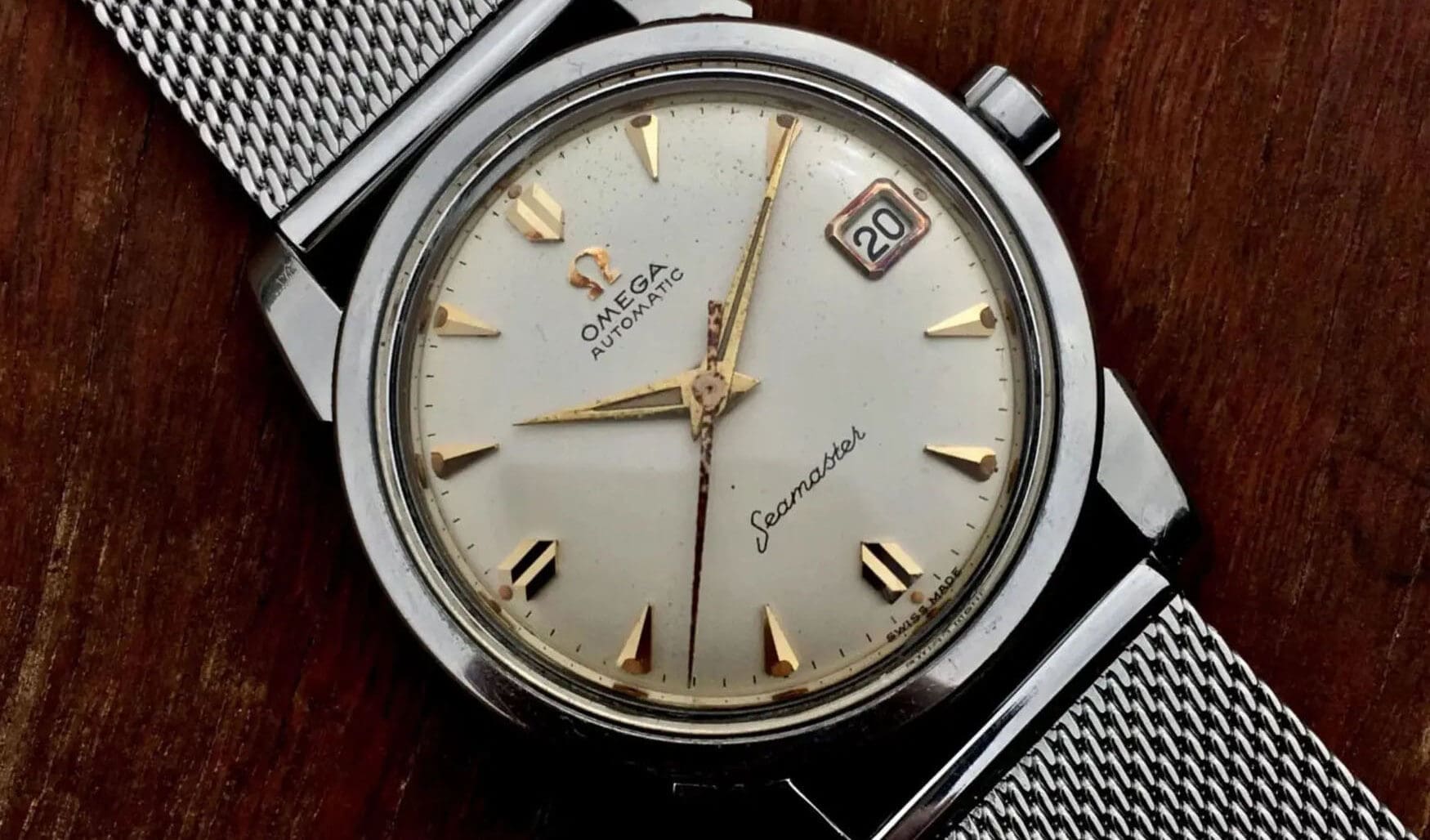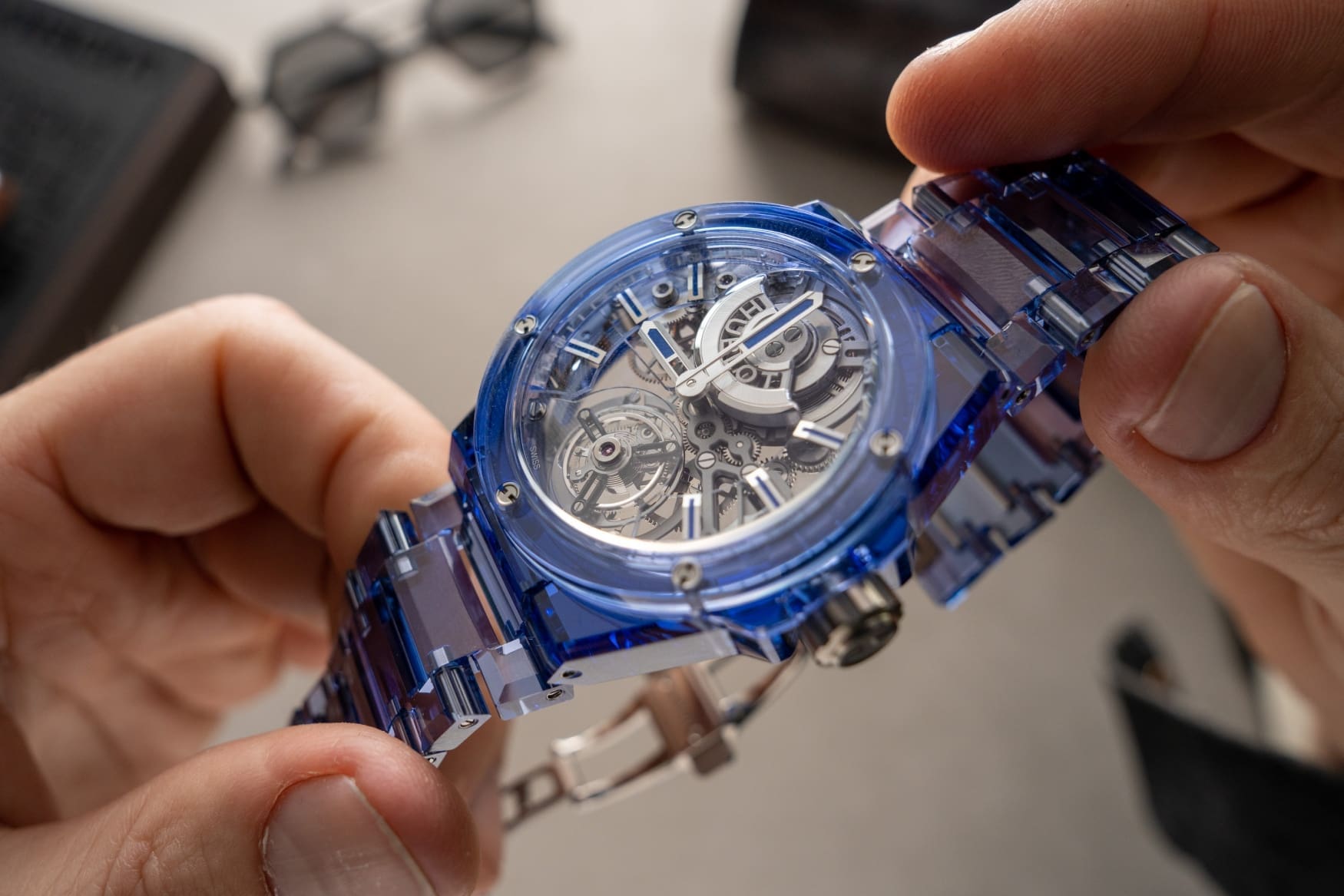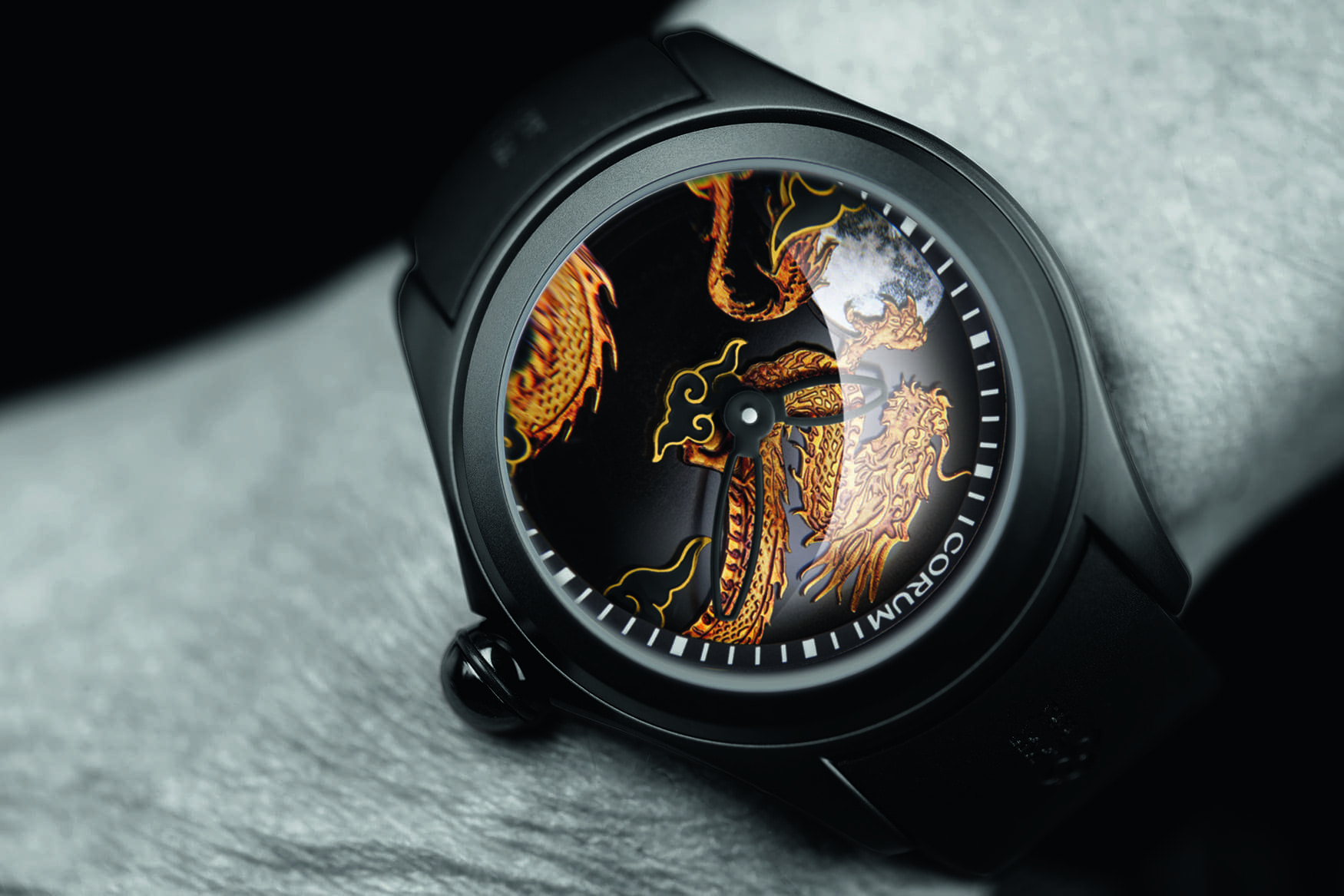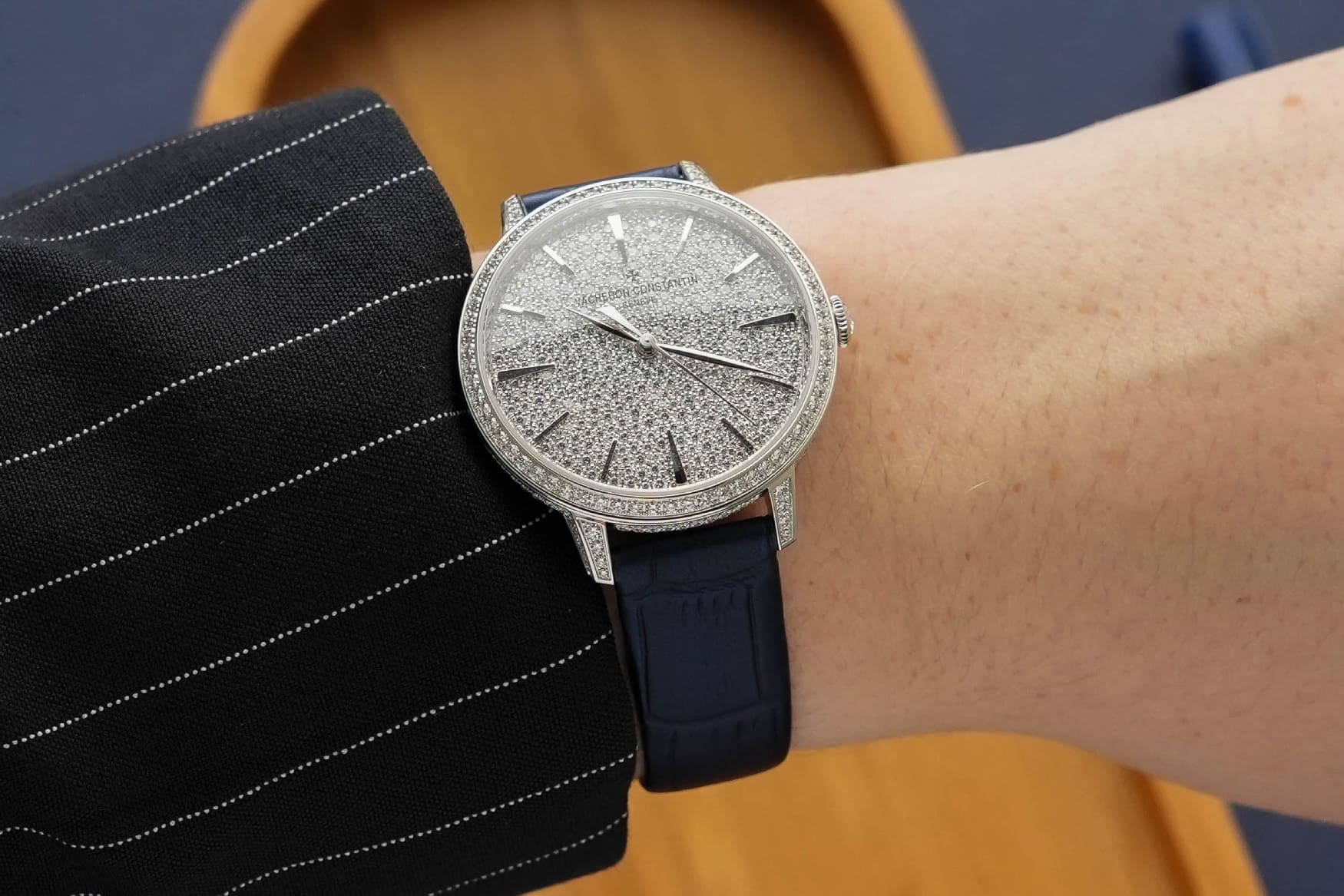Which crystal is best for you? The difference between sapphire, acrylic, and mineral glass
Buffy AcaciaIn the last couple of decades, sapphire has become the default material for watch crystals. The processes for creating huge slabs of sapphire material in labs have become totally widespread and reliable, meaning that even $20 watches from AliExpress can come equipped with high-quality, scratch-resistant sapphire. They can even produce anti-reflective coatings in any colour you like, as well as completely clear ones, giving the lowest end of the market a taste of pure luxury compared to 25 years ago. All that said, sapphire definitely isn’t the only option which remains. Some companies still stick to using mineral crystal, and some old-school lovers swear by acrylic, but what exactly is the difference between them, and which is best for covering that precious dial? Let’s explore each option, and see if you prefer the sound of any in particular.
Mineral glass
Glass, the original and the best? Well, it’s definitely the original. With glass becoming a part of human society around 6,000 years ago, it far predates watchmaking. Up until 1928, glass was all we had. Pocket watches and the earliest wristwatches were handled with care because people knew they were delicate, and dropping them could easily result in a shattered crystal, or worse, a broken movement due to lack of shock resistance. However, as much as watch enthusiasts love to hate glass, it’s not quite as bad as we make it out to be. In most cases, mineral glass is given heat and chemical treatment to increase its hardness and shatter-resistance. Seiko’s Hardlex is one popular example of this, ranking around a 7 on the Mohs hardness scale, which is harder than stainless steel. It can still shatter, but it’s much less likely to break into dangerous shards if it did.
Most likely the biggest benefit of glass is that it’s cheap and versatile. Factories can pretty easily manufacture any shape they need, and the silica-based ingredients are in absolute abundance on this planet. Although mass-produced sapphire is a reality we are living in, it’s still much more affordable for gigantic brands to keep producing mineral glass crystals. As much as they may need to be replaced more often than their competitors, they are also much cheaper to replace whenever needed.
Acrylic
Acrylic is known by many names—Perspex, Hesalite, Plexiglas, Acrylite, Lucite—but it’s all the same thing. Polymethyl methacrylate or PMMA is a synthetic polymer, otherwise known as a plastic. First developed in 1928, it became a crucial material for all areas of life. Anywhere that glass was used, acrylic could be used as a lighter, non-shattering alternative without being much more expensive. In sheets it could be used for vehicle windshields, and even withstand high the high pressures of the sea as submarine windows. As a thermoplastic, acrylic can be heated up until it’s pliant and flexible. Then, sealed over a mould with a vacuum, it can be cooled down and hold any shape you want. In the ‘50s and ‘60s, it was popular to wear Lucite jewellery, but back during WWII, it was used for watch crystals.
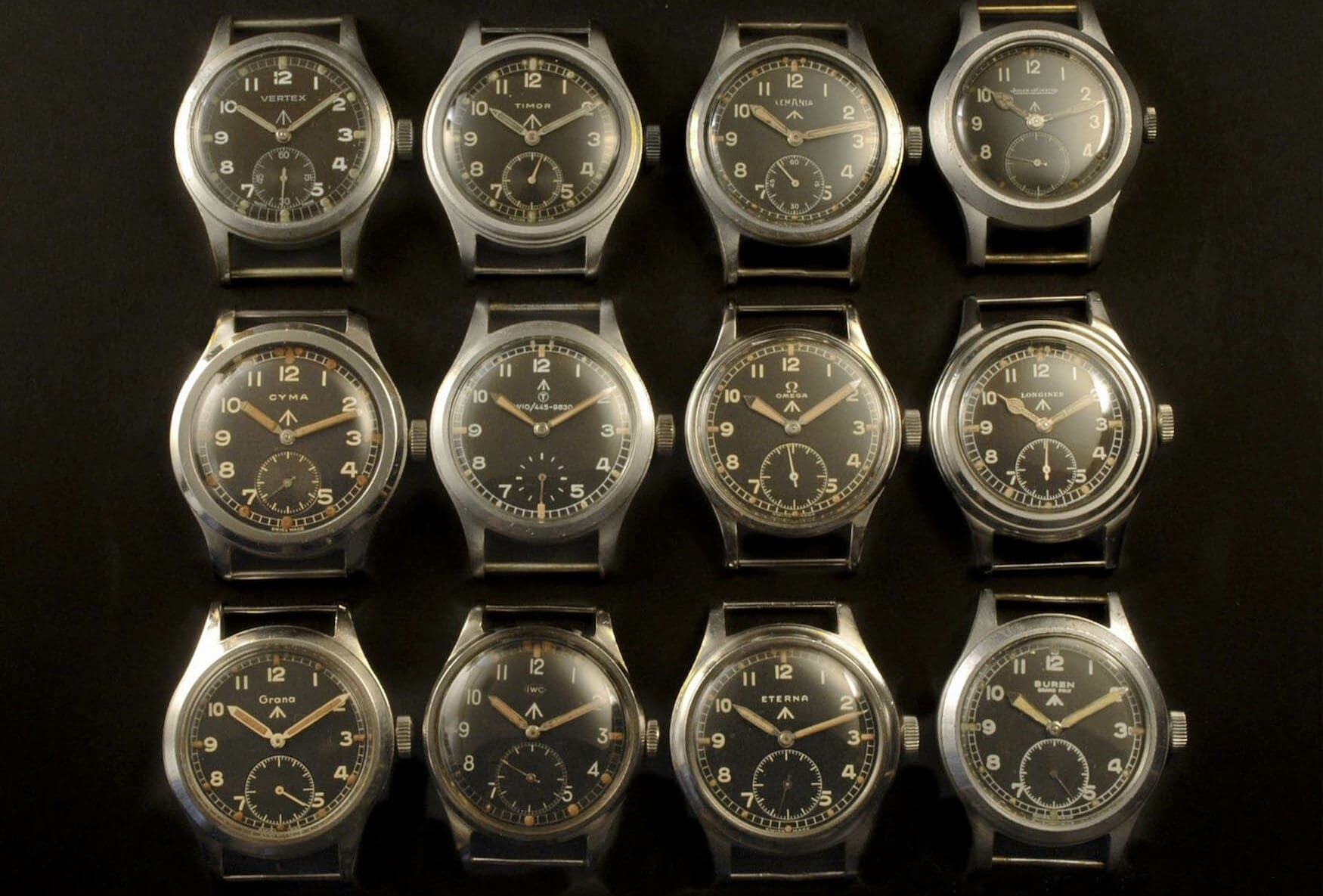
After the wristwatch was popularised for men during the First World War, militaries knew that having shatter-proof watch crystals would be a huge improvement. Acrylic was the obvious choice, and its success during wartime led to a slight phase-out of mineral glass on watches, especially in the ‘40s. There was only one downside to acrylic watch crystals, and that was their inherent softness. At somewhere between 2-3 on the Mohs scale, acrylic picks up scratches extraordinarily easily. Not only the big grazes from knocking it around, but also micro-scratches which add up over time to create a hazy, unfocused look. Certain chemicals like alcohols and acetone can also create those hazy spots, so you need to be careful what it’s exposed to. However, this weakness is also a strength. Its softness and polymer structure allows the material to be polished with cheap plastic polishing compounds, so you can get that shine back in a matter of minutes. A good whack could definitely cause an acrylic crystal to crack, especially if it’s an older one which has become brittle with UV exposure, but generally their elasticity makes them take a hit better than glass or sapphire.
Sapphire
Sapphire is the fancy gemstone name given to a mineral called corundum, or more accurately, aluminium oxide. Different impurities give the corundum its full range of colours, such as chromium in red rubies, however pure corundum is totally clear. Lab-grown corundum was introduced in 1902, starting with rubies and moving on to blue sapphires a few years later. These quickly became popular with watchmakers, as rubies are the best material for small, low-friction, highly-durable bearings. When you see a movement listing how many jewels it has, this is what it’s referring to. Lab sapphire began to show up as an alternative for watch crystals in the 1930s, however it didn’t become a common sight until higher-end Swiss brands picked it up in the ‘50s. It scores highly on the Mohs hardness scale with a score of 9, only sitting below moissanite and diamonds.
This extreme hardness is what makes sapphire an ideal candidate for watch crystals, as it’s extremely difficult to scratch. Unless you’re exceptionally clumsy, a sapphire crystal could easily last a lifetime or more, picking up the occasional small scratch. Extreme hardness does lead itself to brittleness, but given the thickness of the crystals and their inherent crystal structure, it would take a lot of force to actually break one open. Of course it can happen, but it’s quite unlikely. One drawback for sapphire is that it can’t be polished, unless you have a multi-thousand dollar lapidary faceting machine with diamond-impregnated laps. Still, replacements have become quite affordable. Given that all lab-grown sapphire is chemically and functionally identical, third parties can sell replacement crystals for much less than a boutique’s repair centre would charge you.
Sapphire is also generally much more reflective than acrylic, because of how smooth the surface is and the refractory index of the crystal. For this reason, anti-reflective coatings have become increasingly popular in recent years. This is usually applied underneath the crystal, stacking layers of filtering to cancel out certain parts of the light spectrum. Sometimes it can be done in a way which accentuates a colour, with blue or violet being the most popular examples over blue or black dials, however colourless AR coating is now considered the default.
The verdict
If you’re pitting mineral glass and sapphire against each other, then sapphire is pretty much the clear winner. The only thing glass has going for it is affordability, but that argument has really been made irrelevant in the last few years thanks to the omnipresence of sapphire. Acrylic however, seems to be in a category of its own. Personally, I vastly prefer the way light can softly diffuse through an acrylic crystal, and its domed distortions are always fun to play with in the light. Sapphire can still be domed, but its highly-controlled shapes made from CNC manufacturing will never capture the chaotic beauty of a vacuum-formed thermoplastic. I also would rather scratch my crystals often and polish them regularly than let fate determine whether or not my crystal gets scratched ever, but I recognise that I have a heavy bias towards vintage watches. Which one would you choose?




